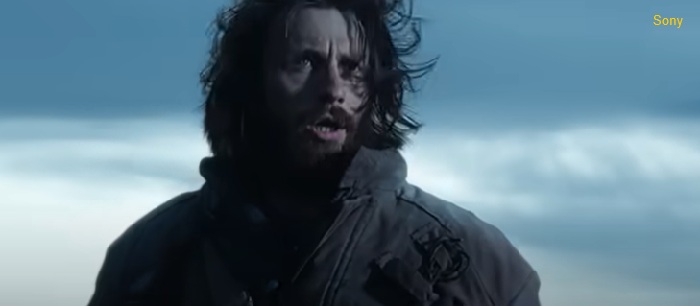28 Years Later Trailer, Fun Facts & Review
28 Years Later Synopsis:
It's been nearly thirty years since the outbreak of the rage virus from a bioweapons facility. Many still remain in a strictly enforced isolation, but some have figured out how to survive alongside those who are infected. A particular group of survivors resides on a tiny island, linked to the mainland by a single, heavily guarded causeway. When one member of this group chooses to journey into the dangerous depths of the mainland, he quickly uncovers a mutation that has affected not just the infected individuals but other survivors too.
Genre: Horror, Thriller
Release Date: In theaters June 20th, 2025
28 Years Later Fun Facts:
Trilogy:
The movie is the first installment of a trilogy, and the upcoming sequel may be titled "28 Years Later Part II: The Bone Temple."
Filming Locations:
At the Edinburgh International Film Festival, producer Macdonald announced that all three of the 28 films will be filmed in Northumberland and Yorkshire, which are located in northern England.
Original Team Returns:
The movie signifies the return of Danny Boyle, Alex Garland, and cinematographer Anthony Dod Mantle to the franchise, all of whom were involved in the first film, along with Cillian Murphy also taking on the role of executive producer.
New Cast:
The new cast members are Jodie Comer, Aaron Taylor-Johnson, and Ralph Fiennes.
Music:
The trailer showcases a unique recording version of the poem "Boots" by Rudyard Kipling, read by actor Taylor Holmes in 1915. The poem’s rhythmic pattern evokes the procession of British troops during the Boer War, and this recording is used by the US military to simulate the psychological distress of captivity.
Budget:
The original film was created with a modest budget of $8 million, the new sequels have a reported budget of $75 million each.
Source: youtube, vulture, people, wikipedia, imdb

28 Years Later Review:
For the fans of zombie movies, the long wait is over; the third part of Danny Boyle and Alex Garland's zombie series, "28 Years Later," is finally here, aiming to take us back to a world affected by the rage virus. The first film, "28 Days Later," changed the zombie movie rules by presenting its infected characters with a frightening, fast-paced, intense energy movement. "28 Weeks Later" built on this dark vision, highlighting how human mistakes repeat and the virus keeps coming back. Let's take a look at how "28 Years Later" built upon the last two series with a fresh look and a different view of the world after twenty-eight years.
In "28 Days Later," the scenery changes from city places to countryside areas as the characters travel across the land. In "28 Weeks Later," the main location is London, which has fallen apart after the rage virus outbreak, along with nearby places, especially the Isle of Dogs, which NATO troops have marked as a secure area.
It has been twenty-eight years since the first outbreak; the movie takes us back to a world that has changed a lot. The movie looks at the long-lasting decline of society and the mental effects of ongoing trauma. The movie also takes a look at a new group of people born into this damaged world; their struggle focuses less on escaping the infected and more on rebuilding, remembering, and dealing with the difficult choices made in the past.
The visuals are striking and stunning, showcasing the abandoned states of decaying cities and the eeriness of nature taking back control. The frightening sounds are impressive at creating discomfort, showcasing deep growls of the infected and the heavy quiet of a deserted world that really leaves an impact.
Although the infected remain a real threat, the plot shifts to the imminent danger of human struggle in a forsaken world. The lack of resources and the quest for survival by any means necessary give rise to dictatorship with dark ideology. The movie skillfully mixes intense action sequences with calm, character-focused moments that viewers can relate to with the survivor's urgent struggle for future survival.
The verdict: "28 Years Later" is an unsettling and important part of the series. It provides a deep reflection on survival, memories, and the constant danger of people turning against each other. It presents a dark yet oddly optimistic outlook that even after 28 years, the struggle to stay alive is still ongoing.